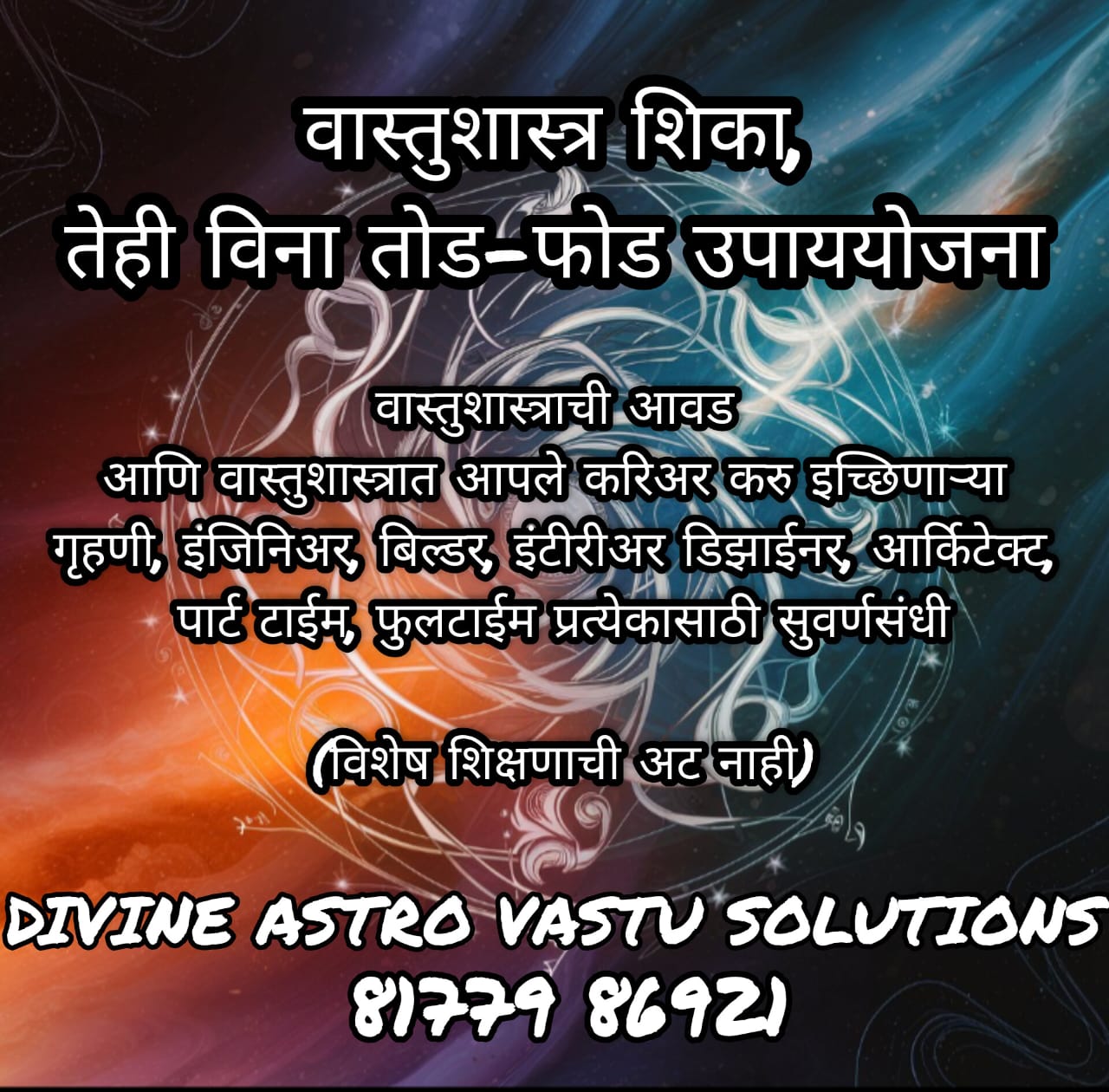
Vastu Shastra for Beginners: A Quick Guide
Vastu Shastra is the traditional Indian system of architecture and design that emphasizes harmony between humans and their environment. Here's a concise beginner's guide:
1. Understanding Vastu Shastra
- Basic Principles: Vastu Shastra focuses on directions, elements, and energies to create a balanced and harmonious living space.
- Benefits: Implementing Vastu principles can lead to improved health, prosperity, and overall well-being.
2. Key Components of Vastu Shastra
- Directions: Each direction has specific significance and influences various aspects of life.
- Five Elements: Earth, Water, Fire, Air, and Space play a crucial role in Vastu Shastra.
- Energy Flow: Ensuring free flow of positive energy (prana) throughout the living space.
3. Balancing Energies with Vastu
- Harmonizing Energies: Using Vastu remedies and corrections to balance and harmonize energies in the living space.
- Vastu Remedies: Vastu Shastra suggests various remedies like using mirrors, plants, and specific colors to correct Vastu doshas (defects).
4. Implementing Vastu in Your Home
- Vastu Tips: Simple adjustments in furniture placement, colors, and designs can enhance Vastu compliance.
- Room Specific Guidelines: Different rooms have specific Vastu recommendations for optimal energy flow and harmony.
5. Benefits of Vastu Shastra
Implementing Vastu Shastra can lead to:
- Improved health and well-being
- Enhanced prosperity and financial stability
- Harmonious relationships and family bonding
6. Ethical Considerations
Always seek advice from experienced Vastu consultants and avoid blind faith in Vastu Shastra. It should be viewed as a complementary tool to enhance the quality of life, not as a guaranteed solution to all problems.
Approach Vastu Shastra with an open mind, and it can become a valuable tool for creating a balanced and harmonious living environment.


